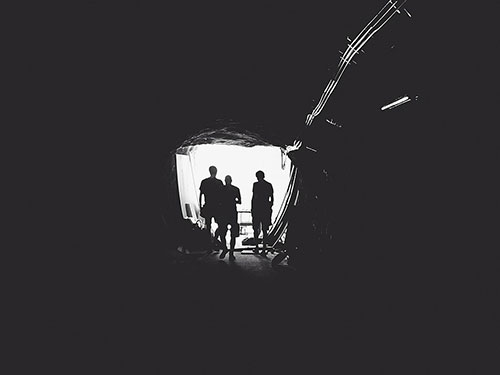
This article was originally published by New Security Beat on 13 October, 2015.
In May 2011, two weeks before I was scheduled to start research in the region, a Mongol herder named Mergen was hit by a mining truck while protecting his pastureland in Xilingol, Inner Mongolia. He was dragged 140 feet and killed. His death sparked a month of protests.
It was not the first or last time extractive industries have collided with ethnic minorities in northern China’s Inner Mongolia Autonomous Region, an area nearly twice the size of Texas and home to 25 million people, 17 percent of whom are ethnic Mongols. Several studies have shown that natural resources – whether through abundance or scarcity – are sometimes linked to the onset, duration, and intensity of armed conflict. Yet, the identity of those who exploit natural resources has been largely ignored. A closer look at tensions surrounding China’s voracious appetite for nature resources reveals this may be mistake.



